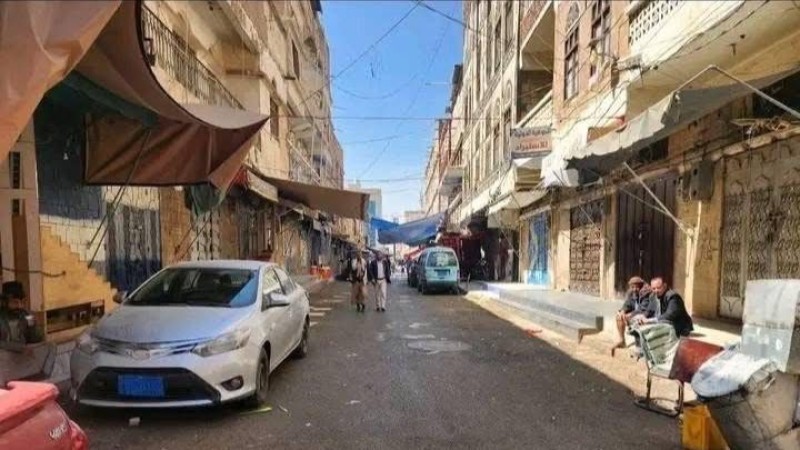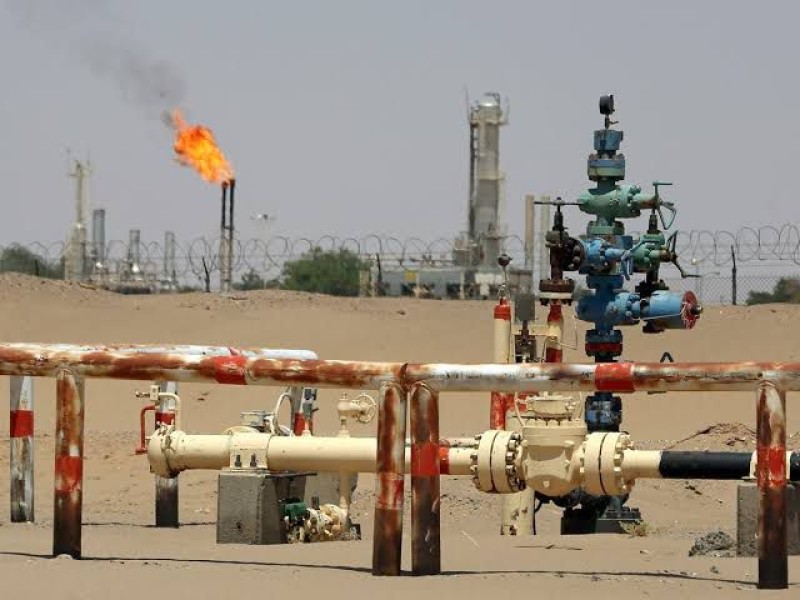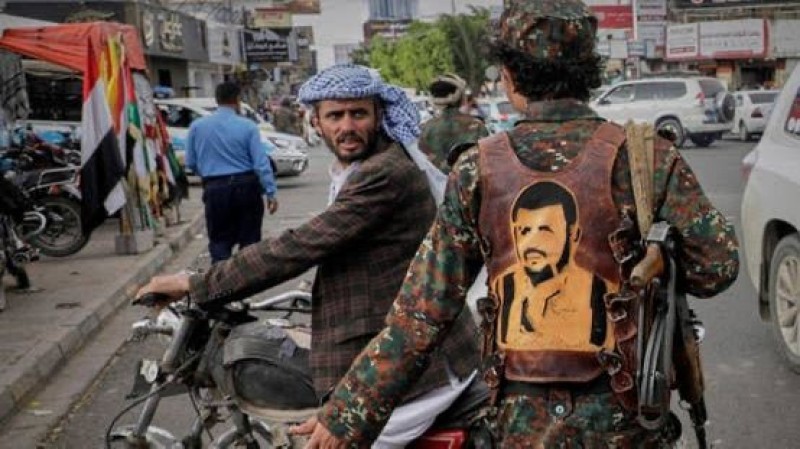Yemen Food Security Outlook Update, August 2020


Fuel shortages ongoing in northern areas while Riyadh Agreement talks stall
Key Messages
Conflict across much of western Yemen continues to disrupt livelihoods, reduce access to income, and drive poor macroeconomic conditions. Overall, an estimated 17 to 19 million people are expected to be in need of humanitarian food assistance in 2020. Crisis (IPC Phase 3) outcomes are widespread. Although not the most likely scenario, Famine (IPC Phase 5) would be possible if food supply is cut off for a prolonged period of time.
For the first time in 2020, the exchange rate has stabilized in northern areas. After appreciating slightly in early July, the exchange rate in the north has remained fairly stable at just over 600 YER/USD throughout August. Meanwhile, the exchange rate in southern areas of Yemen continued to depreciate in August after some relative stability in July, reaching 794 YER/USD in the fourth week of August. The exchange rate in the south is over 10 percent higher than the peak exchange rate observed in late 2018 during the crisis.
In July, COVID-19 control measures mainly affecting urban areas were eased, allowing restaurants, wedding halls, and public places to re-open. Despite improvement in access to income for some urban households, delays and non-payment of public sector salaries persist, and ongoing fuel shortages in northern areas are raising costs for farmers. Meanwhile, high food prices and reductions to humanitarian assistance in northern areas continue to constrain food access.

Sana’a – A new international report has confirmed that Houthi militias continue to escalate economic measures against the commercial se…

Aden — For three decades prior to the outbreak of war, Yemen’s oil and natural gas sector played a decisive role in shaping the country…

Sana’a – The occupied Yemeni capital Sana’a is witnessing mounting economic panic and a sharp collapse in the real estate market…